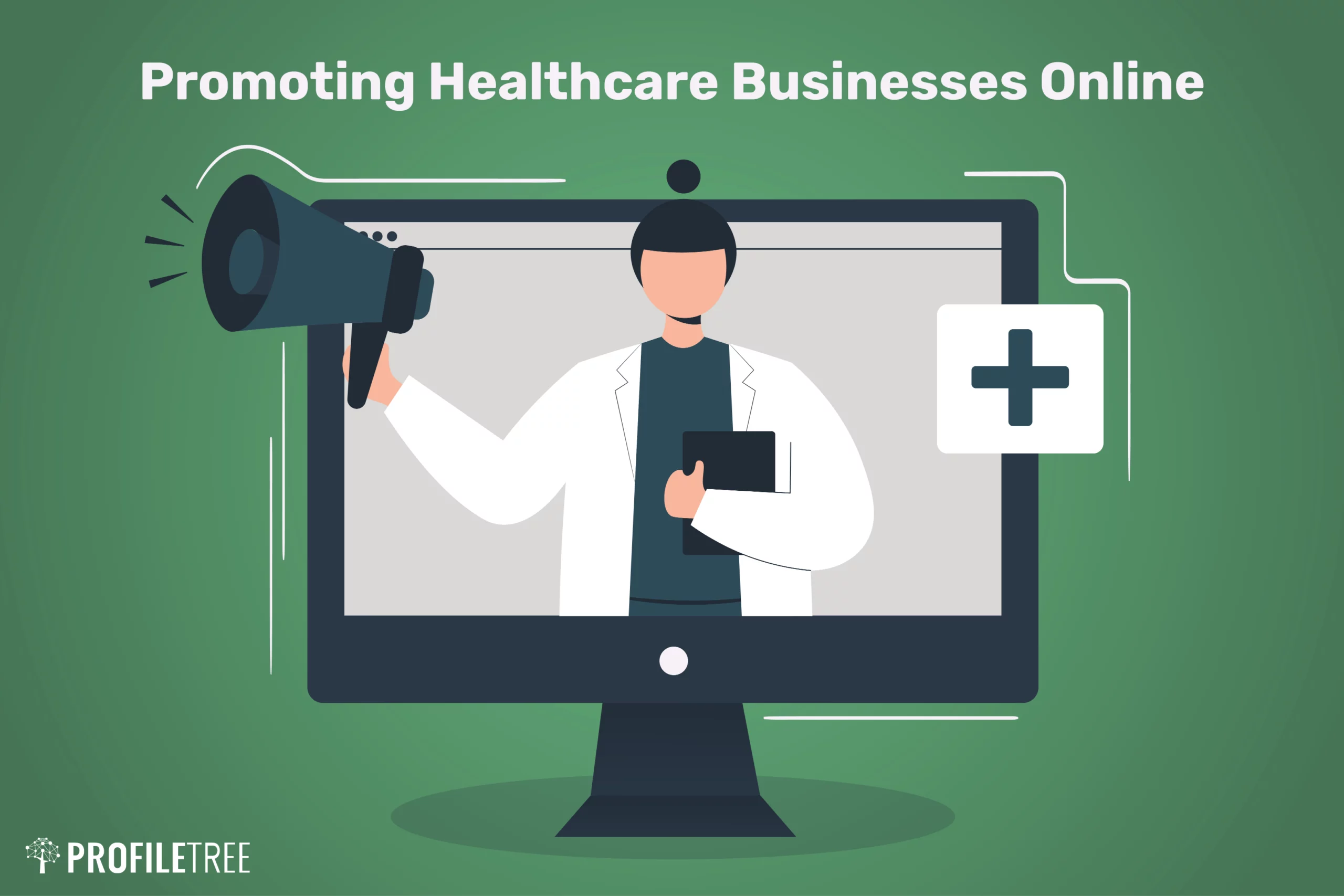Understanding the Expense Savings of Subscription Based Healthcare for Families
Understanding the Expense Savings of Subscription Based Healthcare for Families
Blog Article
Understanding the Cost-Effectiveness of Subscription-Based Medical Care Models
As the medical care landscape progresses, subscription-based versions emerge as a compelling alternative, assuring to redefine exactly how individuals handle medical costs. Assessing these models' cost-effectiveness requires a nuanced comparison with traditional insurance policy, taking into consideration both financial ramifications and patient contentment.
Summary of Subscription-Based Versions
Subscription-based healthcare models, in some cases referred to as straight health care or attendant medication, are significantly acquiring attention as a prospective remedy to ineffectiveness within conventional healthcare systems. These models operate the concept of offering people straight access to doctor through a yearly or month-to-month fee, bypassing the demand for standard insurance coverage mechanisms. This setup aims to simplify patient-provider communications by reducing administrative worries, which commonly impede personalized and prompt treatment.
At the core of subscription-based versions is the emphasis on a much more personalized individual experience. Clients gain from boosted accessibility to their physicians, often consisting of next-day or same-day visits, extended examination times, and direct communication channels such as phone or video telephone calls. This model cultivates a proactive technique to medical care, where companies and people can collaboratively concentrate on preventative care and persistent condition management.

Price Comparison With Conventional Insurance Coverage

One of the primary economic benefits of registration designs is transparency in expenses. On the other hand, traditional insurance coverage may be more helpful for people requiring specialized treatment or expensive treatments not covered under a registration model, as they benefit from the broader coverage network and cost-sharing devices.
However, cost-effectiveness is context-dependent. While membership models may supply savings for those primarily needing health care, people with persistent conditions or specialized health care demands could discover standard insurance policy a lot more comprehensive. Evaluating particular health care demands and possible use is essential in establishing the most cost-effective choice for people.
Effect On Patient Fulfillment
Person fulfillment within subscription-based healthcare models frequently shows a considerable improvement over standard insurance systems. This improvement is primarily credited to the individualized care and accessibility these designs use. Patients often report greater fulfillment because of reduced delay times and the simplicity of scheduling visits. Unlike standard systems, where individuals might experience delays in obtaining treatment, subscription-based models ensure more timely and direct communications with medical care providers.
Moreover, the transparency in costs connected with subscription-based medical care eases the common irritations connected to unexpected costs and complicated billing procedures seen in standard insurance (subscription based healthcare). People appreciate recognizing the exact economic commitment upfront, leading to boosted trust fund and self-confidence in their medical care administration
Furthermore, the emphasis on precautionary care and wellness in registration versions adds to boosted health outcomes, better enhancing patient contentment. By concentrating on continuous wellness upkeep as opposed to episodic treatment, people experience an even more all natural and constant health care journey.
Additionally, the boosted provider-patient connection promoted in these versions, defined by even more time spent per patient and individualized attention, plays an essential role in raising individual complete satisfaction degrees, as clients really feel truly looked after and understood.
Supplier Experiences and perspectives
From the company's point of view, subscription-based healthcare models offer a transformative method to supplying medical services. These designs stress a proactive and preventative medical care technique, enabling suppliers to concentrate on comprehensive individual care without the constraints of typical fee-for-service arrangements (subscription based healthcare). This change in emphasis often leads to boosted patient end results and boosted supplier contentment, as healthcare experts can allocate more time and sources to client engagement and individualized treatment strategies
In addition, registration models facilitate predictable profits streams, which improve financial stability for medical care suppliers. This predictability enables enhanced source planning and allowance, adding to an extra reliable health care distribution system. Service providers can invest in personnel training, infrastructure, and technology enhancements, therefore enhancing the high quality of treatment offered.
Nevertheless, the shift to subscription-based designs is not without obstacles. In spite of these hurdles, several companies discover that the benefits of enhanced person communication and streamlined procedures surpass the initial difficulties, making subscription-based models an attractive alternative.
Future Prospects and Obstacles
A primary obstacle is regulatory conformity, as membership models have to stick to evolving medical care plans and insurance needs. This demands continual adaptation and technology to make certain placement with legal criteria. Furthermore, incorporating these designs into existing healthcare frameworks can be complex, requiring substantial financial a fantastic read investments in innovation and training.
There is likewise the potential risk of developing injustices in healthcare accessibility, as membership models may favor those that can manage them, leaving prone populations underserved. Resolving this needs thoughtful consideration of rates strategies and subsidy mechanisms to guarantee inclusivity.
Final Thought
Subscription-based medical care versions offer a viable choice to conventional insurance coverage by using economic predictability and openness, specifically profiting individuals with persistent problems or constant medical care demands. The cost-effectiveness of these versions is contingent his comment is here upon specific healthcare use patterns and circumstances. While they might improve client contentment and simplify budgeting, obstacles continue to be in attending to specialized care requirements. Future considerations consist of balancing detailed protection with price and incorporating these models within the broader healthcare system for optimum end results.
Subscription-based health care versions, in some cases referred to as direct primary treatment or concierge medication, are significantly obtaining attention as a prospective service to ineffectiveness within traditional medical care systems. Unlike typical systems, where individuals might experience hold-ups in receiving treatment, subscription-based models guarantee even more direct and prompt communications with healthcare carriers.
These models stress a preventative and proactive health care technique, allowing suppliers to concentrate on comprehensive client treatment without the restrictions of traditional fee-for-service setups. As these versions proceed to obtain grip, they offer the potential to change patient accessibility to care, simplify service delivery, and maximize health care costs.Subscription-based health care designs present a feasible option to standard insurance by offering monetary predictability and transparency, especially benefiting individuals with Related Site chronic conditions or regular medical care requirements.
Report this page